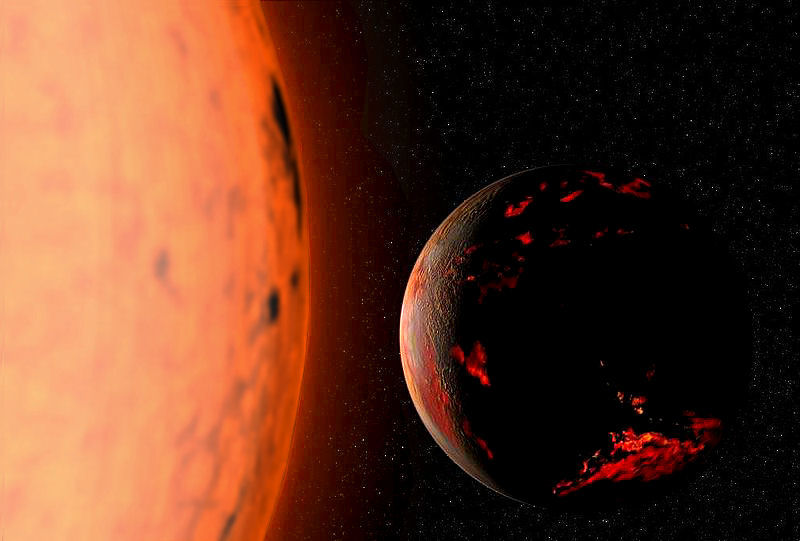per Universe Today:

Pretty sure that's a typo on the time conversion and it'll be 7AM US/Eastern or 4AM US/Pacific.

For years, exoplanet hunters have been busy searching for planets that are similar to Earth. And when earlier this month, an unnamed source indicated that the European Southern Observatory (ESO) had done just that i.e. spotted a terrestrial planet orbiting within the stars habitable zone the response was predictably intense.
The unnamed source also indicated that the ESO would be confirming this news by the end of August. At the time, the ESO offered no comment. But on the morning of Monday, August 22nd, the ESO broke its silence and announced that it will be holding a press conference this Wednesday, August 24th.
[...]
According to the source cited by the German weekly Der Speigel, which was the first to report the story, the unconfirmed exoplanet is not only believed to be Earth-like (in the sense that it is a rocky body) but also orbits within its stars habitable zone (i.e. Goldilocks Zone).
Because of this, it would be possible for this planet to have liquid water on its surface, and an atmosphere capable of supporting life. However, we wont know any of this for certain until we can direct the next-generation of telescopes like the James Webb Space Telescope or Transiting Exoplanet Survey Satellite (TESS) to study it more thoroughly.
This is certainly an exciting development, as confirmation will mean that there is planet similar to Earth that is within our reach. Given time and the development of more advanced propulsion systems, we might even be able to mount a mission there to study it up close!
The press conference will start at 1 p.m. Central European Time (CET) 1 p.m. EDT/10 a.m. PDT.
Pretty sure that's a typo on the time conversion and it'll be 7AM US/Eastern or 4AM US/Pacific.




